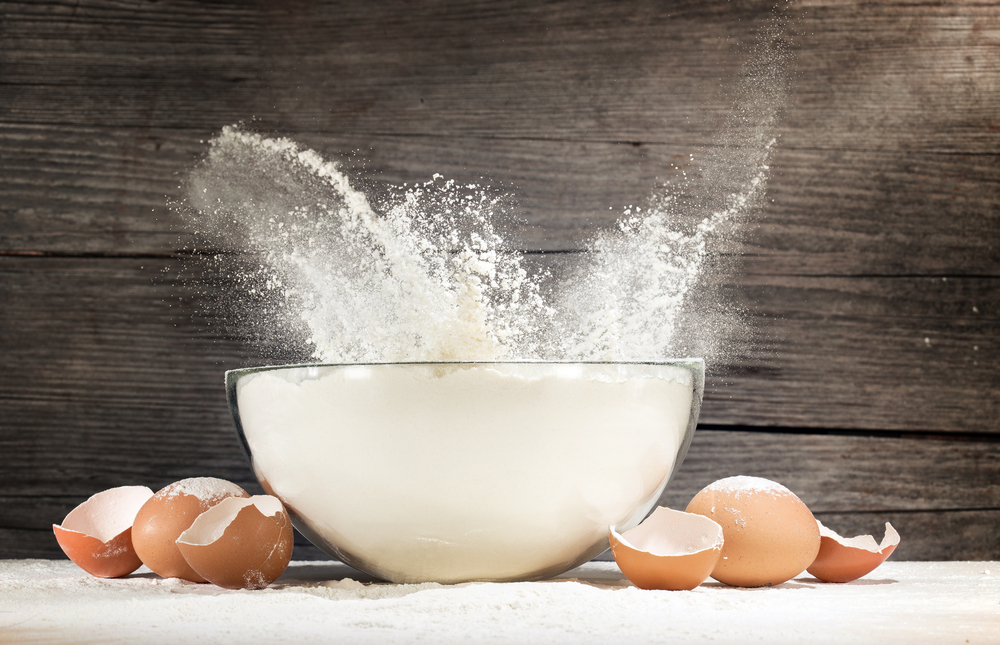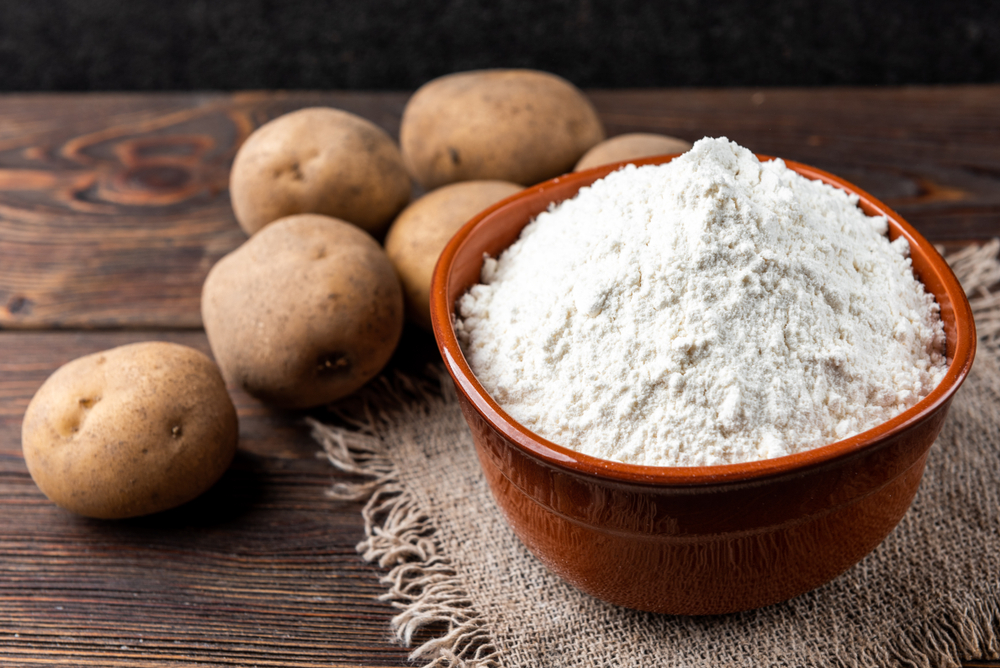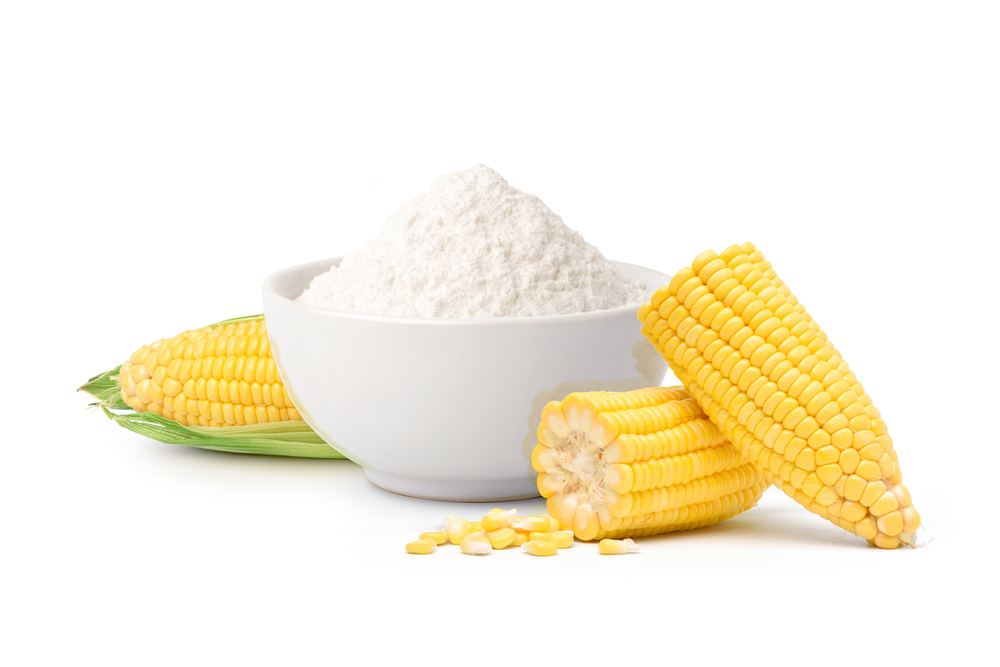Heavy cream is very useful and versatile, capable of being used in all sorts of dishes and recipes. But you might find that you need a thicker batch than what you currently have. How can one reduce heavy cream?
Boiling the heavy cream while whisking it is the best method. And while you do this, many things can be added to the batch, such as flour, cornstarch or gelatin.
There’s several other methods as well. We’ll be getting into all of these, as well as their pros and cons and the reasons for reducing heavy cream.
What Does Reducing Mean In Cooking?
This might seem like a strange term, especially if you actually see the result. Reducing a food can actually make it seem more plentiful, or atleast give you more to bite into. How can that be?
Well, what you’re ‘reducing’ is the amount of liquid in a creamy or soupy substance. As such, you’re making it lean a little closer to the solid side than the liquid side.
That’s why ‘reduce’ and ‘thicken’ are interchangeable words for this process. The term ‘thicken’ makes a bit more intuitive sense as far as explaining the end result, but reducing is the more proper cooking term.
What’s The Point Of Reducing Cream?
So what reason would one have for wanting to reduce, and thereby thicken heavy cream?
Well, let’s say hypothetically you’re living in the UK and you’re visiting the US. And you want to cook a UK dish, the recipe for which calls for double cream with a high amount of fat content. Higher than average, let’s say 48%.
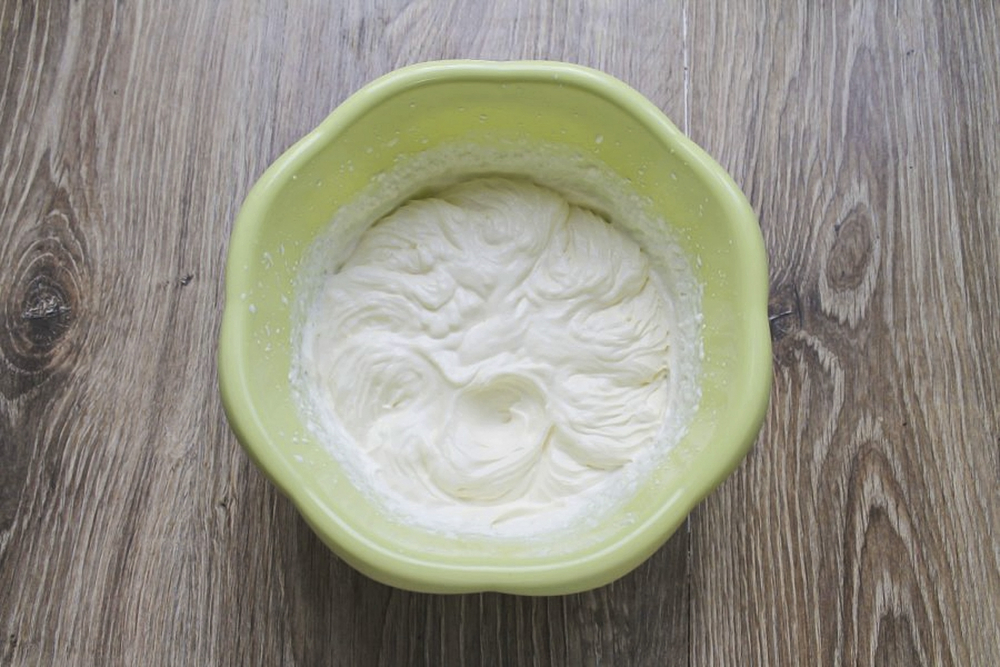
That will prove problematic for you in this scenario, because North America doesn’t have cream like that. The thickest cream commonly found in the US and Canada only has about 35% fat content.
So you see, some British recipes – and no doubt others across the globe – need a little extra help to get there. You’ll need to thicken the heavy cream to make up for that difference.
What are some dishes that might require this, you ask? Well, sour cream, ice cream, cheeses, homemade butter, frostings, pastries and sauces alike might need some reduction to make!
What Is The Best Method For Reducing Heavy Cream?
The best method for reducing the heavy cream depends on the available ingredients among other factors. How much time you have also matters, and convenience might sway you as well.
Feel free to experiment with the below methods to figure out what works best for you. There’s many ways to do this without sacrificing any quality!
Fortunately you have a lot of options, seven main ones in fact. They all come with their own pros and cons, like most things in life. Note that you can also combine many of these methods.
Those options are:
- Boiling the cream
- Adding dairy products
- Whisking cold cream
- Adding flour
- Adding cornstarch
- Adding guar gum
- Adding gelatin
Pros And Cons
Maybe the most common method for reducing heavy cream is to boil it until it takes on the thickness you’re looking for. But while that may work, doing so could change the flavor or even give it a burnt taste if you’re not careful.
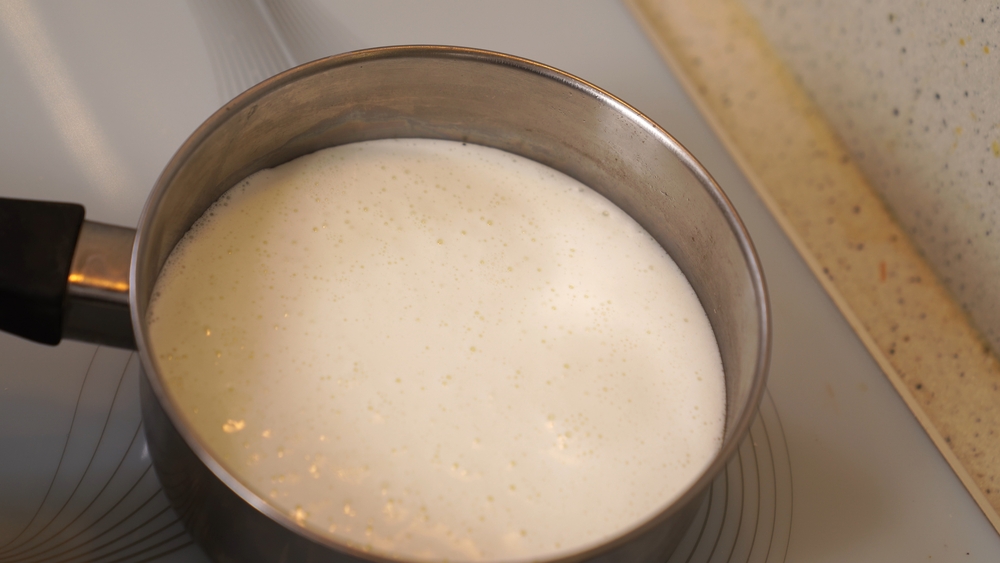
Gelatin is a bit troublesome and time-consuming to get an exact result, it’s far from the simplest method.
Meanwhile flour and cornstarch will have a big impact on how long the boiling takes and how much can be incorporated.
With no further ado, let’s get into the specifics of the above methods.
Boiling Heavy Cream
This is a long-standing tradition as far as thickening heavy cream goes. It’s one worth going for, but proceed with caution. Know that it’ll take some time and effort to get this one right.
Through boiling heavy cream, you will inevitably evaporate some of the liquid from it. This will in turn cause the remainder to be much thicker as a result.
You’ll want to frequently whisk the cream as you’re in the process of boiling it. This is to better prevent it from burning, as well as stave off any unwanted changes to flavor.
It’s best to ease into things here. Heat the cream up slowly until it rises up to a boiling temperature.
But while you let it boil, make sure that you keep the heat at a reasonable level. If the heat is too intense, the cream might start to curdle, which would ruin its consistency.
For the whisking process here, you’d want to make use of a wooden spoon. Don’t stop whisking until the boiling is done!
Just keep in mind that the longer you cook, the more thick it will be, so keep testing it out until you like the result. Check the consistency of the batch every few minutes to see if it’s reached the target thickness.
And make sure not to cook it any longer than you need to, else you risk burning the cream. This would ruin the flavor and texture completely. You’ll know it’s burning if the color or flavor starts to change.
Making Use Of Dairy Products
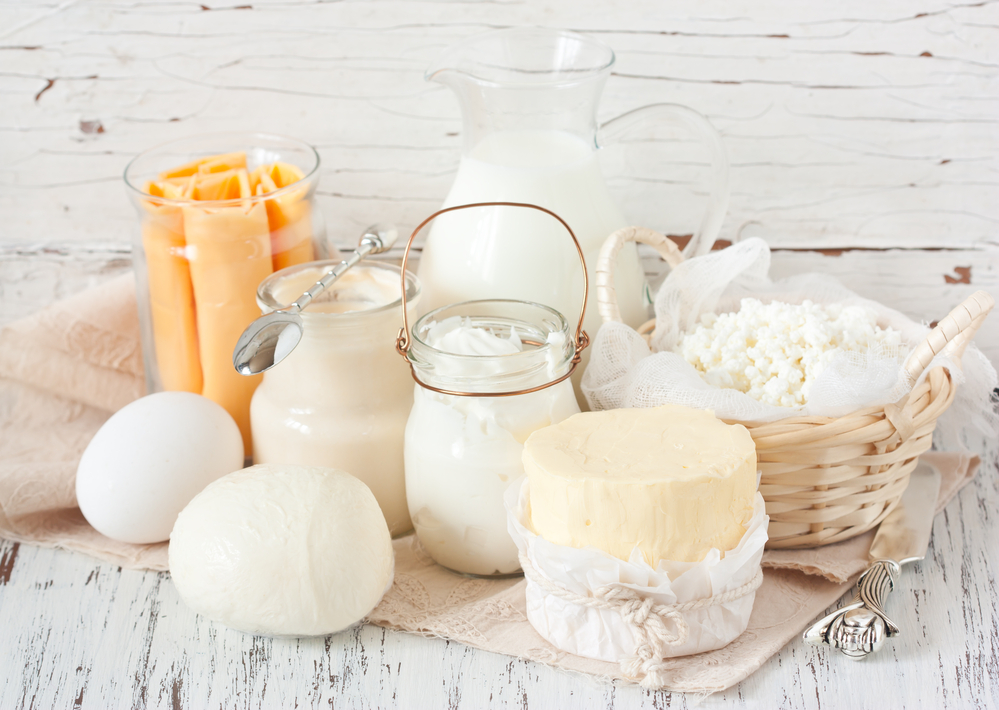
There’s a few ways that you can go about making use of dairy products to reduce heavy cream as well. Of course these are much more likely to influence the flavor of the cream, but maybe that’s what you’re shooting for.
Cream cheese for example is a good candidate for this. To make use of that, you’ll want to beat the heavy cream until you have nothing but soft, fluffy peaks.
From there, add in a nice, tightly packed tablespoon of the cream cheese per every cup of cream and keep whisking away until you get the consistency you’re after.
Like we said though, this would affect the flavor and maybe cream cheese isn’t really the kind of taste you’re after.
For alternatives, then, you could try creme fraiche, Italian Mascarpone, commercial sour cream or French Faisselle.
These will get you similar results to cream cheese, and can be used in much the same way, however the flavor profile will be distinctly different.
One last thing for this section. If you’re intending to use powdered milk for the job, adding 1 to 2 tablespoons should be more than enough for the heavy cream to reduce.
Whisking Cold Cream
A great way to get solid results in the reduction process is to keep the heavy cream in the fridge until it’s time to whisk it.
It’s best to simply never take the cream to the counter until you’re ready to get to work. If the cream reaches room temperature, the texture will be altered during the whisking session.
For the best possible results, you should consider chilling the stand mixer’s bowl and the whisk attachment itself before starting. Cold cream and utensils alike will net you the best possible consistency.
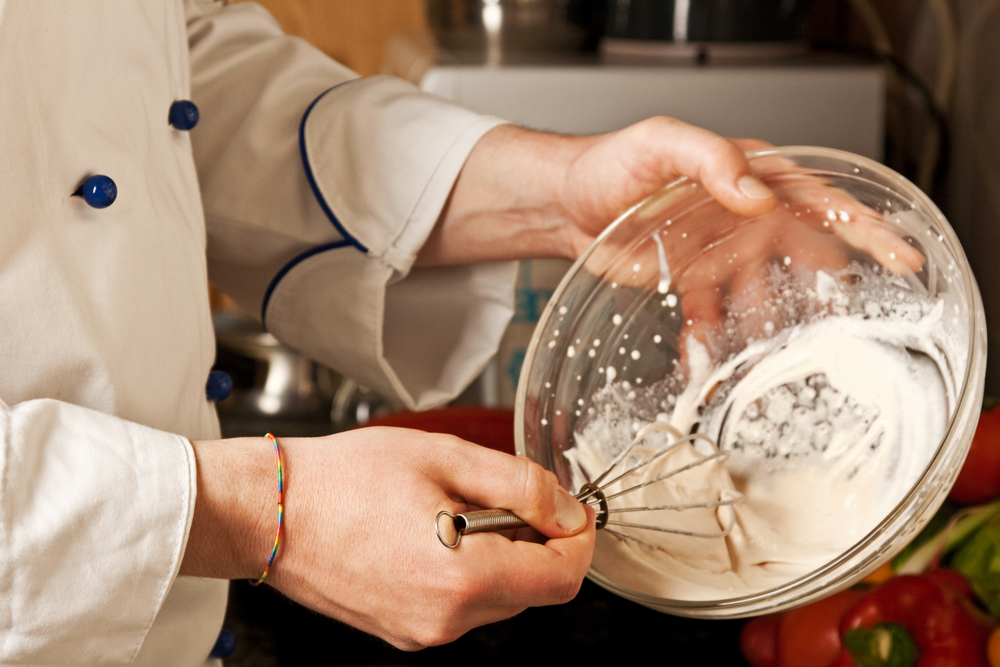
The Flour Method
This is a pretty easy one to work out. Really as far as adding flour to heavy cream goes, the only tricky thing is deciding on the type of flour to use.
But the truth is that all sorts of them can work. All-purpose flour, wheat flour, white flour, rice tapioca flour, none of them should affect the way the cream tastes.
So it really just has to do with whatever is most handily available. Whichever kind of flour you end up going with, you should start the process off the exact same way.
Namely, you’re going to want to mix flour and cold water in equal measure in a small bowl. Stir that mixture up with a hand whisk until what you’re left with is nice and homogenous.
After mixing the flour, heat the cream up. And while you’re whisking, go ahead and add in the flour mixture, one teaspoon at a time. But how much is enough?
Well, the basic idea is that you want to use around 1⅓ tablespoon or around 20 ml of the mixture, made up of flour and water to properly reduce a liter’s worth of cream.
Having said that, you can play around with how much flour you want depending on just how thick you want your cream to be.
The Cornstarch Method
Some gluten-free alternatives, such as starches, can also be used to reduce heavy cream. By and large, they’re every bit as effective as flour when it comes to this job.
The start of the process is very similar to, as you’ll want to have equal parts cornstarch mixed with cold water in a small bowl.
Use a hand whisk to blend this all together to form that paste-like substance that cornstarch is known to form. Make sure to mix it together thoroughly!
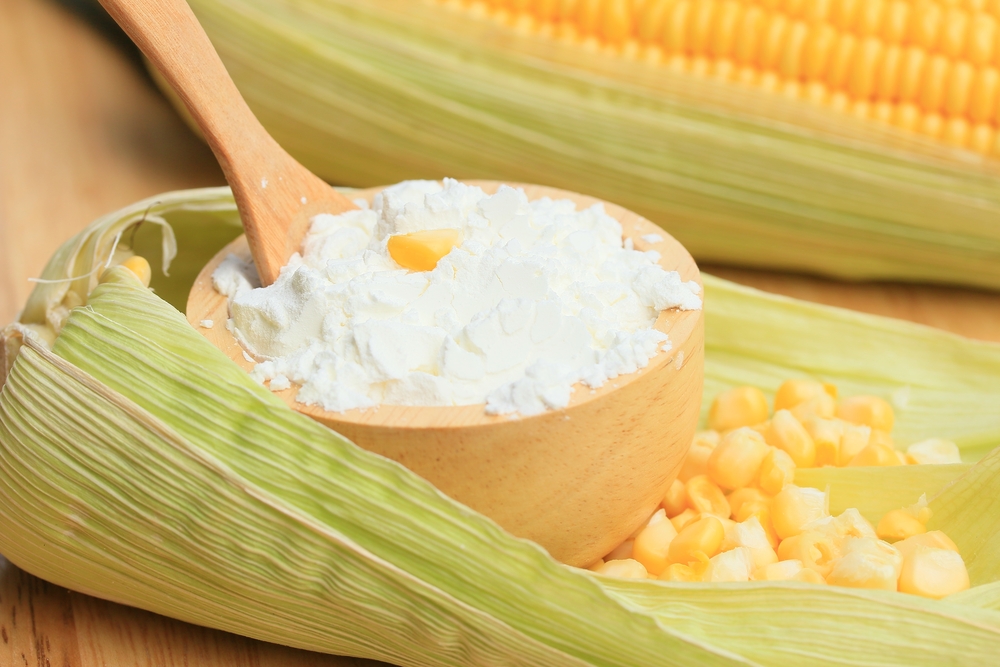
Then heat the cream up and add in the cornstarch mixture, constantly whisking all the while. You’ll want to let it simmer for a few minutes until you get the right amount of thickness.
Now as far as how much cornstarch is to be used here, you’ll want around 2 tablespoons or 30 ml of the mixture for every 1 cup or 230 to 250 ml of heavy cream.
As you can see, while cornstarch works great, it seems that you need a lot more of it to get the proper reduction as compared to flour. So keep that in mind.
It should be noted that potato starch is a good substitute for cornstarch, as it’s a great thickener in its own right.
Guar Gum
And another alternative to cornstarch can be found here! It’s great for anyone who doesn’t want a starch of any kind, or flour.
The great thing about guar gum is that you barely need any of it to get the job done. In contrast to cornstarch, which you need a lot more of compared to flour, guar gum requires far less.
To give you a sense of how this works, you’ll want to use about a sixteenth of what any recipe calls for if you’re replacing flour with guar gum.
We recommended a tablespoon and a half of flour earlier, which comes out to about 22 ml. That means you need less than 2 ml of guar gum to get the same result!
Guar gum is pretty strong so you definitely don’t need to add much. That aside, you can follow similar instructions to what we’ve laid out above.
The Gelatin Method
Use of gelatin is an interesting solution to this problem, but one that will require a decent bit of thought.
What you need to make this happen is the proper ingredients, time, and a general understanding of how much gelatin you need to get the result you want.
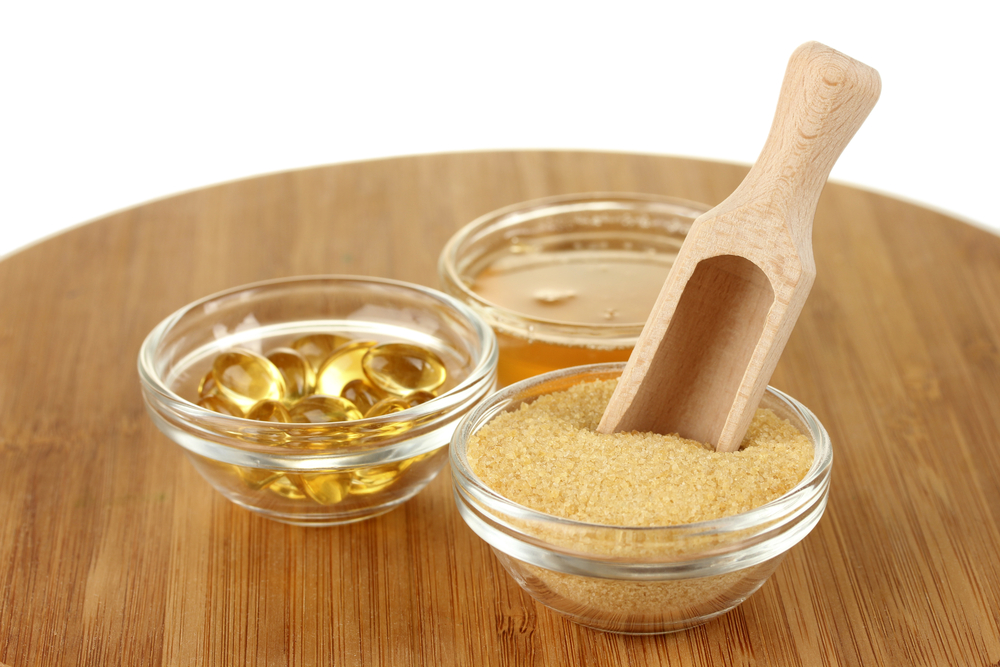
Powdered gelatin or gelatin sheets will both work. But, assuming you don’t want the flavor of the cream to be affected, you’d best seek out a flavorless variety. Otherwise the gelatin might mess with the flavor profile of the end product.
When it comes to gelatin powder, you’ll need to use a little bit of cold water to soak it first. Probably goes without saying that you should defer to the instructions on the package to properly make the gelatin first!
Figuring out just how much gelatin you need is the tricky thing here. But there is a way of figuring this out.
Generally speaking, you’ll want to use a fourth of a gelatin packet or one gelatin sheet per every 2 cups or 16 ounces of heavy cream. This should help you get an appropriate level of thickness.
Warm the cream up a bit first before adding in the gelatin. As you do this, make sure to beat the cream to help it all fuse together until the cream is properly reduced.
Alternative Methods
Believe it or not, there’s plenty more ways to reduce heavy cream, even beyond the most common methods that we’ve been sharing with you.
We can’t quite in-depth on them all, but we would like to go over a handful of them.
Instant pudding is another thing that can be added in during the whisking process. One package of it per pint of heavy cream will do the trick and give you a great consistency.
The Alton Brown coffee filter is also used to help remove some water from heavy cream, should you be interested in his recipe.
If you believe what’s said about it, the Alton Brown method helps preserve the flavor of the cream better than other recipes which require a degree of cooking.
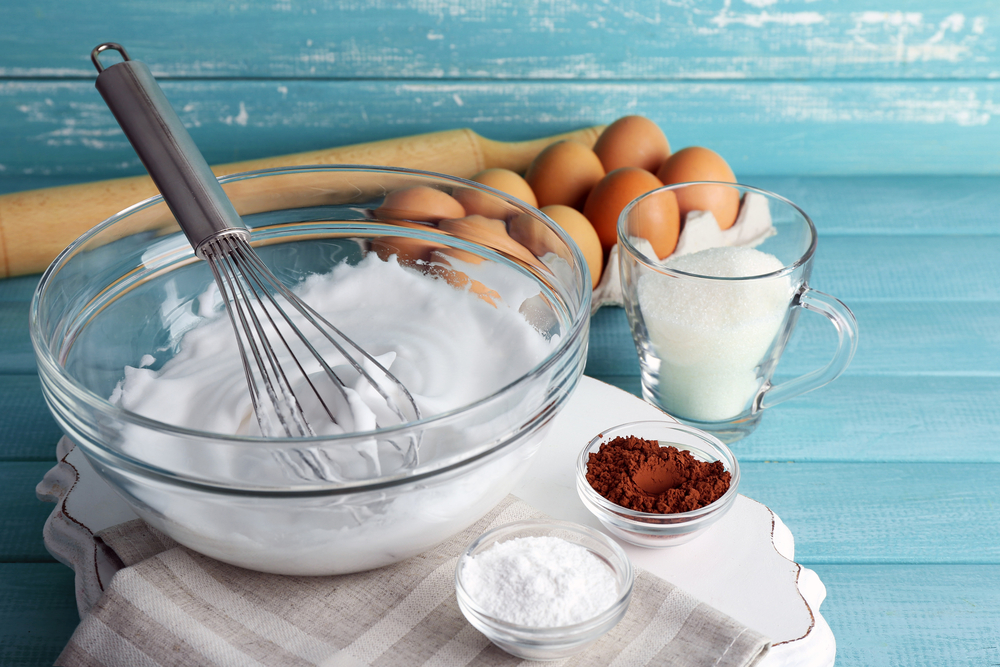
Egg yolks are another such option, good for adding rich flavor in addition to a heaping helping of thickness.
To make use of these, you’ll want to toss a raw egg yolk, preferably of the extra fresh variety, into the cold heavy cream. Then you’ll want to cook it over a lower heat until it reaches the consistency you’re looking for.
And of course, there’s always the old school, traditional method. This approach is simply baking the heavy cream instead of boiling it to reduce it. But the main reason that this is no longer a major recommendation is because of how long it takes.
This process can take as long as a day to get what you’re looking for. The end result will be a Devonshire cream, an end product that contains about 55-60% fat content.
Can You Thicken Cream Sauce The Same Way?
Yes! Many of the same methods used here will also work to thicken cream sauce. The flour and cornstarch methods work, as can simmering the sauce until it reduces.
In Conclusion…
Heavy cream is an absolute staple in all sorts of recipes. It’s got a big part to play in all kinds of things. These recipes include things like ice cream, cream sauce, soup and sour milks among other things.
Some recipes however require a different level of thickening than others. And which method you need to use will depend on how much you need to reduce the cream.
Be sure to weigh your options and choose carefully. Once you’ve added the ingredients together, it’s too late to go back from there!



